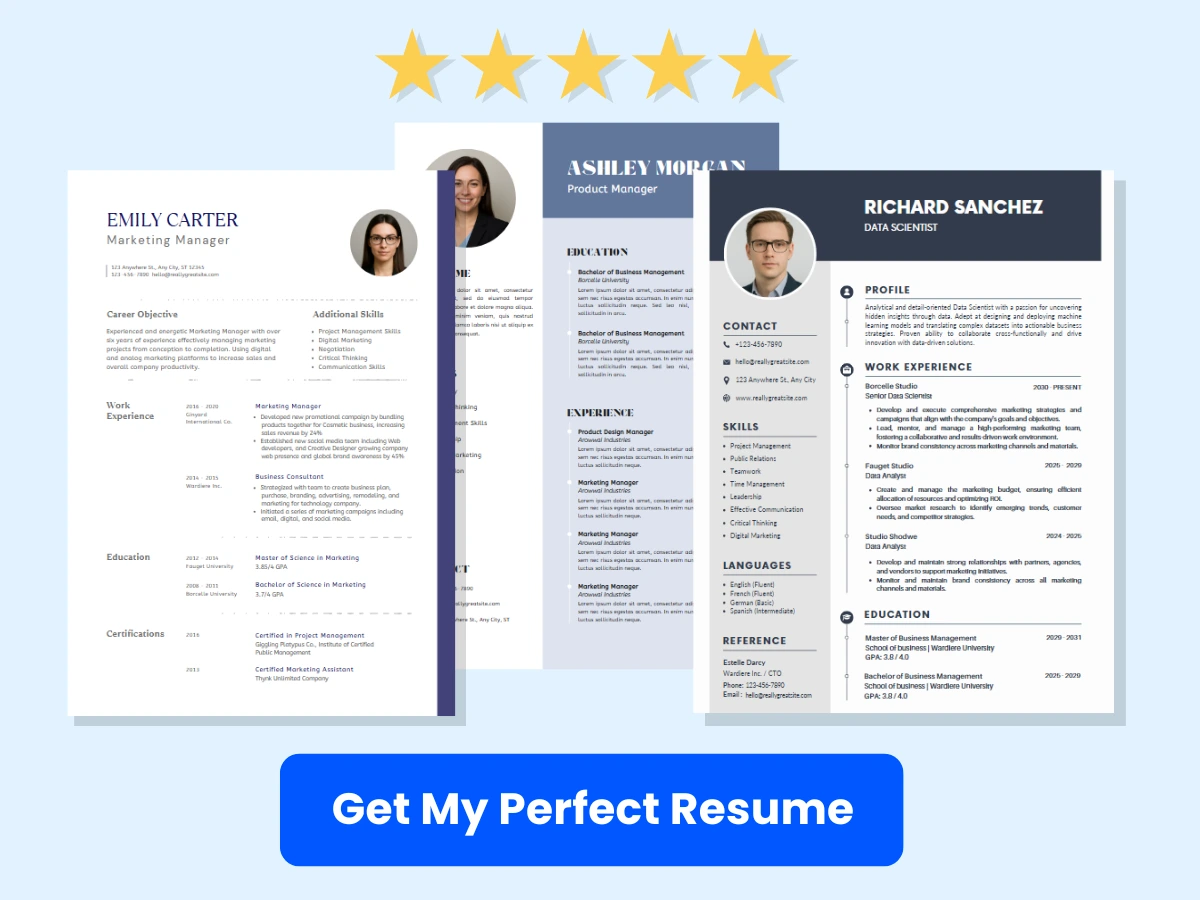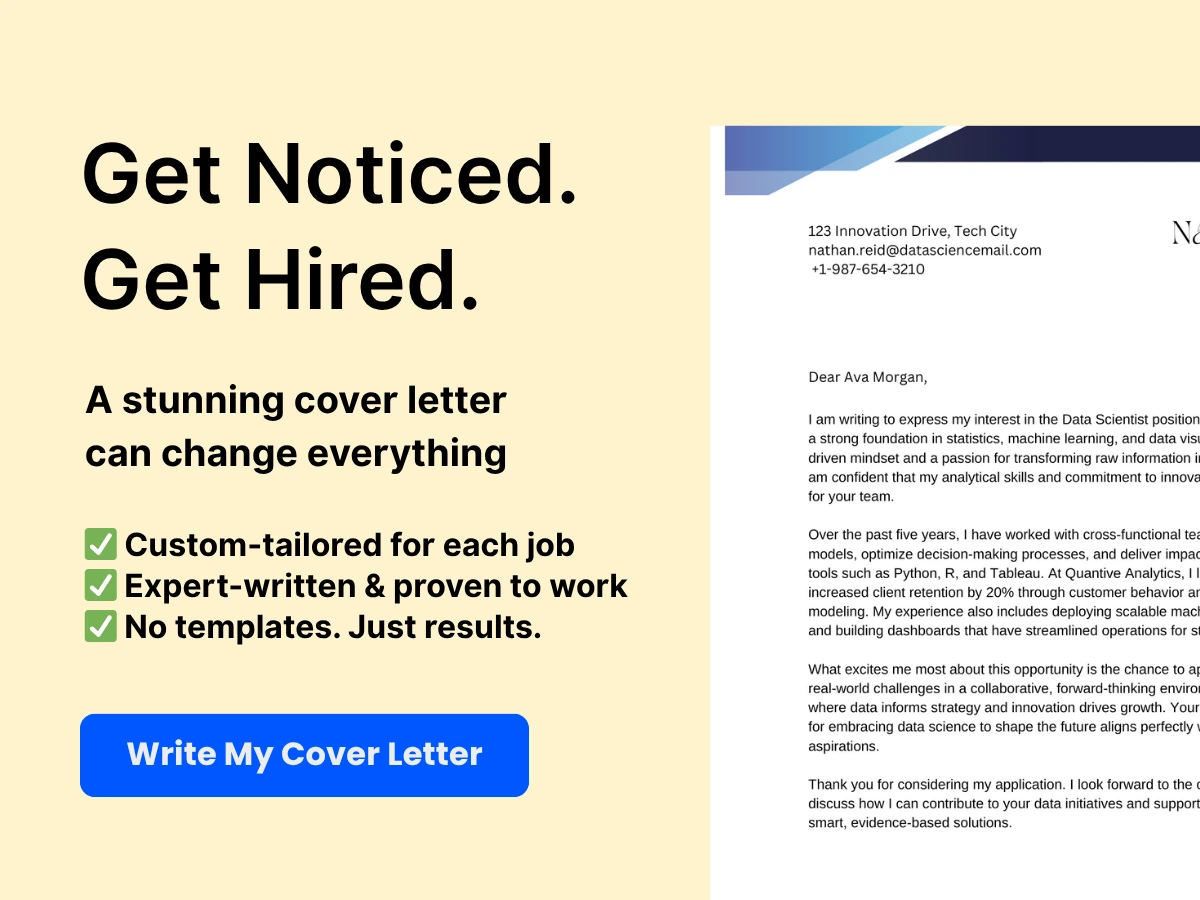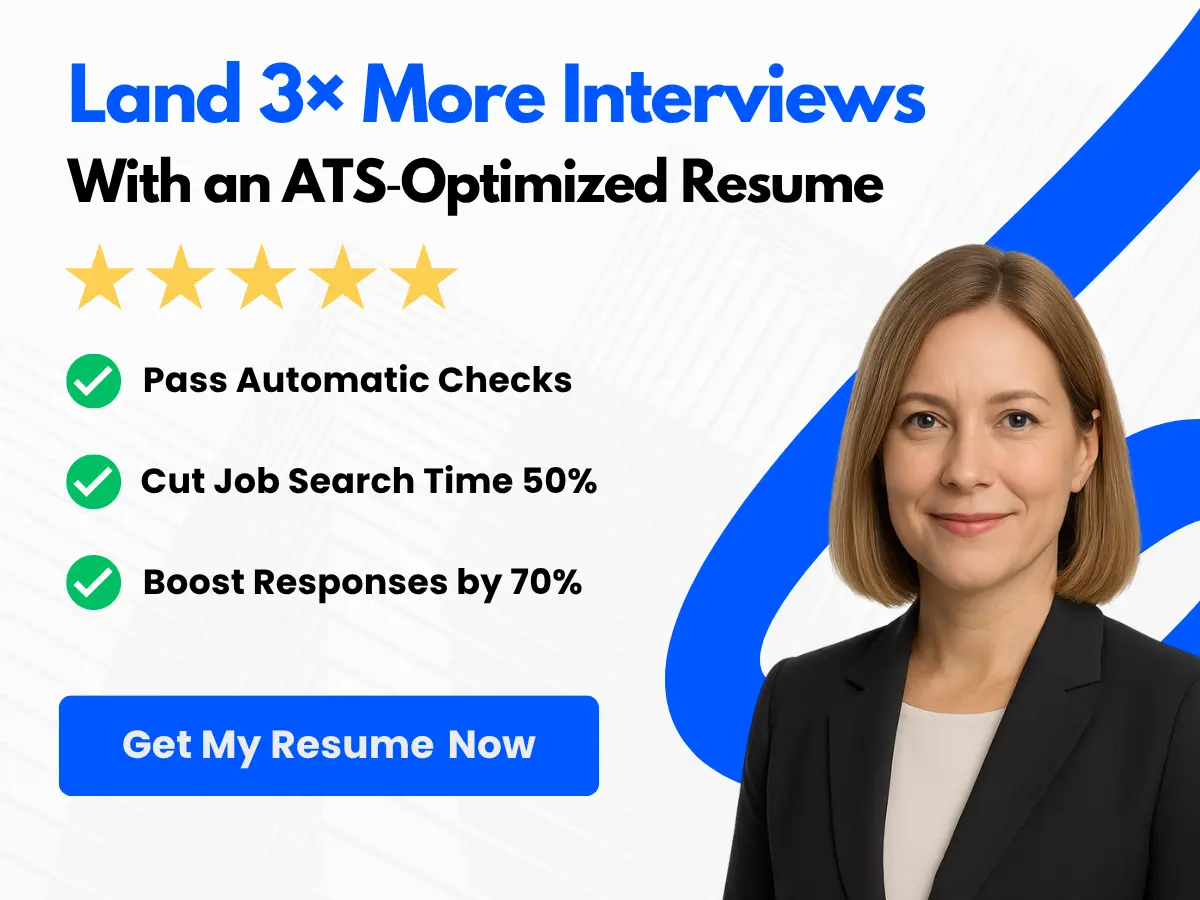In today’s competitive job market, having a properly formatted resume cannot be stressed enough. The formatting of a resume is what creates the first impression on a hiring manager, and this first impression will determine whether or not you get called in for an interview. Therefore, it is essential to understand the importance of proper formatting and the significance of including relevant sections in your resume.
1. Overview of Importance of Proper Formatting a Resume
Proper formatting of a resume is crucial as it helps to present your skills and experiences to potential employers in the most effective way possible. Employers receive hundreds of applications, and they only have a few seconds to scan through them. Therefore, if your resume is not formatted properly, it will be overlooked, no matter how impressive your skills and accomplishments are.
The right formatting draws the employer’s attention to key areas and makes it easy for them to read and understand the information you’ve presented. A poorly formatted resume, on the other hand, will be quickly rejected, and you may miss out on an opportunity that could have been yours.
2. Significance of Including Relevant Sections in a Resume
When constructing your resume, it is essential to include relevant sections that showcase your skills and experiences related to the job you’re applying for. These sections may include your education, work experience, skills, accomplishments, and other relevant information. The sections you choose to include and the order in which you present them can make all the difference in whether or not a potential employer calls you in for an interview.
Including relevant sections helps you tailor your resume to the job you’re applying for and ensures that the information the employer sees is relevant and focuses on your strengths. It also helps you avoid irrelevant information and helps to make your resume more concise and easier to read.


Properly formatting your resume and including relevant sections is critical to standing out in a competitive job market. Job seekers who take the time to create a well-designed and compelling resume are more likely to land the job they want. So, make sure you get it right by following this complete guide for proper formatting of your resume.
Contact Information
One of the most crucial components of your resume is the contact section that includes your basic information such as name, address, phone number, and email address. You need to ensure that this section is formatted properly, as it’s the only way recruiters and hiring managers can get in touch with you. Here are some tips for formatting your contact information:
- Name: Your name should be the most prominent element of your resume so that employers can easily identify you. You can make your name stand out by using a larger font and bolding it. Keep it simple and avoid using nicknames or titles.
- Address: You need to include your full address, as this helps employers to determine your location and potential commute to work. There’s no need to include your full street address, but include your city, state and zip code.
- Phone number: Make sure that you include a phone number where potential employers can reach you. Use a cell phone number that you check regularly, and ensure voicemail is set up and regularly checked.
- Email address: Be sure to use a professional email address that includes your name or some iteration of it (ex. ‘[email protected]’). Avoid using email addresses with unprofessional names or insinuations.
Aside from these basics, you can also opt to include a link to your LinkedIn profile should you have one. LinkedIn can provide a potential employer additional information about your work experience, endorsements, and connections. A well-crafted LinkedIn profile can be vital in representing yourself to an employer through social media.
Ensure that each element of your contact information is up to date and accurate, so that potential employers can contact you without any issues. By paying attention to these small details, you can increase the likelihood that you’ll be the top consideration for that coveted job position.
Professional Summary
When crafting a professional summary for your resume, it’s important to highlight your top skills and experience in a compelling way that will catch the attention of potential employers. The key is to keep it concise and focused on the job you are applying for.
Start by identifying the key requirements for the position and then highlight your relevant experience and achievements that make you the ideal candidate. Use strong action verbs and quantify your accomplishments wherever possible, such as “Managed a team of 10 and exceeded sales targets by 25%”.


When tailoring your summary to the job you are applying for, consider the language used in the job description and incorporate it where appropriate. This can help you to stand out to recruiters and demonstrate that you have a strong understanding of the role and the organization.
Remember to keep the overall length of your summary to around 3-4 concise sentences. This will ensure that your most important skills and experience are communicated effectively, without overwhelming recruiters with too much information.
Crafting a compelling professional summary is key to making a strong first impression on potential employers. By highlighting your relevant skills and experience and tailoring your summary to the job you are applying for, you can increase your chances of landing your dream job.
Work Experience
Your work experience section is arguably the most important part of your resume. This section provides an overview of your professional background and highlights your accomplishments and responsibilities to potential employers.
1. Properly formatting job titles, company names, and dates
Proper formatting in this section is crucial as it helps hiring managers easily navigate through your work history. To properly format your work experience, follow these guidelines:


-
Job Title: Your job title should be listed first, followed by the company name and employment dates. Make sure to use bold or larger font to make your job title stand out.
-
Company name: Write the full name of the company you worked for, followed by the location of the company in parentheses.
-
Employment dates: Include the start and end dates of your employment. The dates should be formatted in month/year format. If you have any employment gaps, it’s best to list those as well.
2. Highlighting accomplishments and responsibilities
When listing your job responsibilities and achievements, it’s important to use action verbs that describe your accomplishments and show how you contributed to the success of the company. A few examples of strong action verbs include:
- Spearheaded
- Negotiated
- Managed
- Launched
- Produced
- Achieved
- Implemented
Additionally, make sure to quantify your accomplishments whenever possible. This helps to make them more tangible and impressive. For example:
- Increased sales by 25% in the first quarter through targeted marketing efforts.
- Managed a team of 5 employees and increased productivity by 30% in the first year.
- Negotiated a 10% decrease in expenses with key vendors, resulting in an annual cost savings of $50,000.
3. Including relevant experience and leaving out irrelevant experience
When deciding which work experiences to include on your resume, focus on those that are most relevant to the job you’re applying for. Your resume should be tailored to each job application, highlighting the skills and experiences that make you the best fit for the role.
If you have a lot of work experience and are struggling to decide which experiences to include, consider these factors:


- Does the experience match the job requirements listed in the job description?
- Did the experience result in a significant achievement or impact?
- Is the experience current or recent?
Leaving out irrelevant experiences not only helps to keep your resume concise, but it also ensures that the hiring manager sees the most important parts of your work history.
The work experience section of your resume is a crucial component that can make or break your chances of getting hired. Proper formatting and highlighting of accomplishments and responsibilities can help you stand out from other candidates, while tailoring your experiences to the job you’re applying for can help you land your dream job.
Education
When it comes to formatting the education section of your resume, it’s important to showcase your degrees and relevant coursework in a way that highlights your achievements and qualifications. Here are some key steps to follow:
- Start with your most recent degree and work backwards. List the name of the institution, the degree type (e.g. Bachelor of Science), and your major or field of study. It’s okay to include your GPA if it’s above 3.0, but it’s not necessary.
- For each degree, include any relevant coursework that pertains to the job you’re applying for. This could include classes or projects that demonstrate your skills and expertise.
- If you have multiple degrees or certifications, consider listing the most relevant ones first. You can also use subheadings to differentiate between education and certifications.
- If you’re still in college or completing a degree, list the expected graduation date and any relevant coursework completed so far.
In addition to highlighting your degrees, it’s important to include any relevant certifications you’ve earned. This could be anything from a professional license to a specialized training program. Here are some tips for including certification information:
- List your certifications in a separate section after your education information. Use a clear heading like “Certifications” or “Licenses”.
- Include the name of the certification, the date you earned it, and the issuing organization. If applicable, include the expiration date.
- If you have multiple certifications, consider listing the most relevant ones first. You can also use subheadings to differentiate between different types of certifications (e.g. IT certifications versus healthcare certifications).
- If you’re currently studying for a certification, list the anticipated completion date and any relevant coursework completed so far.
By properly formatting your education section and including relevant certifications, you’ll demonstrate your qualifications and stand out as a strong candidate for any job. Good luck!
Skills
When it comes to crafting the perfect resume, one of the most crucial sections to focus on is your skills. This section allows you to showcase your abilities and how they align with the job posting. But, which skills should you prioritize and how do you effectively convey them?


Listing Relevant Skills
To start, it’s important to carefully analyze the job posting for keywords related to the position’s required skills. By incorporating these keywords into your resume, you increase your chances of catching the recruiter’s attention and showing that you possess the skills necessary for the role.
For instance, if the job posting emphasizes skills in project management, communication, and analytical thinking, ensure that these skills are listed in your resume. Using phrases such as “expertise in project management” or “excellent communication skills” can help demonstrate your abilities in a concise and impactful way.
Highlighting Important Skills
While it’s important to include all relevant skills in your resume, it’s equally crucial to highlight the most important ones for the particular job. For instance, if you’re applying for a job in marketing, skills such as social media marketing, content creation, and copywriting may be highly desired.
To make these skills stand out, consider listing them at the top of your skills section, or even highlighting them in bold or a different color. Additionally, if you have relevant accomplishments or experiences relating to these skills, ensure that they are highlighted in other parts of your resume, such as under each job experience or in a separate achievements section.
Listing relevant skills and highlighting the most important ones in your resume is key to impressing recruiters and landing your dream job. Take the time to carefully analyze the job posting, incorporate relevant keywords, and showcase your skills in the most effective way possible.
Achievements and Awards
As an experienced professional, it’s important to include any relevant achievements and awards in your resume. This section can help highlight your accomplishments and set you apart from other candidates. Here’s how to effectively format this section:


1. Including Relevant Achievements and Awards
Begin by listing your most impressive accomplishments and awards. These may include things like:
- Increased sales revenue by X% in one year
- Created a successful marketing campaign that led to X new customers
- Received Best Employee of the Month award in X month/year
- Achieved a professional certification or completed training program
Make sure each item on your list is relevant to the job you’re applying for. If you’ve won awards or achieved significant milestones in a field unrelated to the job, you may want to leave those off.
2. Formatting to Highlight Your Accomplishments
To make your achievements and awards stand out, consider using bullet points or a separate section with a bolded heading. Under each item, use strong action verbs to describe what you accomplished, and be specific about the results.
For example:
- Increased sales revenue by 25% in one year through the implementation of targeted email campaigns and lead generation strategies.
- Created a successful marketing campaign that led to 50 new customers in one month by leveraging social media and targeted advertising.
- Received Best Employee of the Month award in December 2020 for exceeding monthly sales quotas and consistently providing excellent customer service.
- Achieved a professional certification in X field, demonstrating a commitment to ongoing professional development and learning.
By using specific details and action-oriented language, you can showcase your accomplishments in a way that stands out to potential employers. Remember to keep this section concise and targeted to the job you’re applying for, and always tailor your resume to each specific opportunity.


Example Resumes
In order to help job seekers get a better understanding of proper resume formatting, providing examples of well-formatted resumes is a must.
Below are some examples of resumes that have been expertly formatted to highlight the candidate’s qualifications and work experience:
-
The Chronological Resume: This type of resume is perfect for individuals who have a solid work history and are looking to showcase their experience. The candidate’s work history is listed in reverse chronological order, starting with their most recent job. This type of resume is easy to read and can help a hiring manager quickly identify if the candidate has the necessary experience for the job.
-
The Functional Resume: This type of resume is ideal for job seekers who have gaps in their work history or are trying to make a drastic career change. Instead of focusing solely on work experience, this type of resume puts the emphasis on the candidate’s skills and abilities. This type of resume can be more challenging to format effectively, as it requires a careful balance between highlighting skills and providing enough information about past work experience.
-
The Combination Resume: As the name suggests, this type of resume combines elements of both the chronological and functional resumes. The candidate’s work experience is listed in reverse chronological order, but there is also a section dedicated to highlighting key skills and abilities. This type of resume is a great option for job seekers who have a solid work history but want to highlight specific skills that might not be obvious from their work experience alone.
When analyzing the formatting and content of each resume example, it’s important to pay close attention to the following elements:
-
Layout and design: The overall look of the resume should be professional and easy to read. Proper use of whitespace, font size, and bullet points can make a big difference in how easy it is for a hiring manager to skim the information.
-
Relevance: Every piece of information on the resume should be directly relevant to the job the candidate is applying for. This means each bullet point under work experience should tie back to a specific skill or requirement mentioned in the job listing.
-
Consistency: Using consistent formatting and language throughout the resume can help make it more visually appealing and easier to read. Make sure the same style of bullet points and font is used consistently throughout the document.
Providing examples of well-formatted resumes can be a valuable resource for job seekers who are struggling to create a resume that effectively highlights their skills and experience. By analyzing the formatting and content of each example, job seekers can gain a better understanding of what works and what doesn’t, and apply those lessons to their own resumes.
References
When it comes to job searching, providing references can be a crucial step in landing the job you want. Employers typically request references to verify your qualifications and experience, and to get a sense of your work ethic and personality.
If the job posting specifically asks for references, it is important to include them on your resume. However, if it does not, you can simply mention that references are available upon request. It is generally a good idea to have at least three professional references, such as former bosses, colleagues, or mentors who can vouch for your skills and abilities.
When formatting your reference section, place it at the end of your resume after the skills and experience sections. Start by listing each reference’s name, job title, and contact information. It is helpful to include each reference’s preferred method of contact.
Next, include a brief blurb that highlights the relationship you have with each reference and what their role was in your professional life. This can help give potential employers a better understanding of your work history and skillset.
In terms of formatting, keep it simple and easy to read. Use a consistent font and style throughout the section, and leave plenty of white space to make it look neat and organized.
Remember, your references are there to support your candidacy and vouch for your qualifications. Make sure to choose individuals who can speak highly of you and your work, and always ask for their permission before listing them as a reference.
By providing a well-formatted reference section, you can ensure that your resume stands out and leaves a lasting impression on potential employers.
Mistakes to Avoid
A poorly written or formatted resume can cost you the job of your dreams, even if you have the right qualifications and experience. Here are some common mistakes people make on their resumes and how to avoid them:
1. Common mistakes people make on their resumes:
- Including irrelevant information: Recruiters and hiring managers are busy people. Don’t waste their time with unnecessary details like your favorite hobbies or high school achievements.
- Typos and grammatical errors: These can make you look unprofessional and careless. Proofread your resume multiple times, and consider having someone else review it too.
- Using generic language: Avoid using cliches and buzzwords, like “team player” or “results-driven.” Instead, use specific examples that showcase your skills and accomplishments.
- Not tailoring your resume to the job: A one-size-fits-all resume may not be appropriate for every job you apply to. Customize your resume to match the job description and requirements.
2. How to avoid these mistakes:
- Focus on the most relevant information: Highlight your skills and experiences that align with the job you’re applying for. Keep your resume concise and easy to read.
- Proofread your resume carefully: Use a spell-checker and read your resume out loud to catch any typos or errors. Have a friend or family member review it as well.
- Use specific language: Instead of using buzzwords, use concrete examples that demonstrate your success in previous roles. Quantify your achievements when possible.
- Customize your resume for each job: Take the time to read the job description and tailor your resume accordingly. Use the same language and phrases that the employer uses.
A well-written and formatted resume can make all the difference in your job search. Avoid the common mistakes listed above and showcase your skills in the best light possible. Good luck!
Tips for Tailoring your Resume
If you want to land your dream job, it’s essential to tailor your resume for the job you’re applying for. Here are some tips to help you make your resume stand out and increase your chances of securing an interview:
1. How to tailor your resume to fit the job you are applying for
-
Research the job requirements: Carefully read through the job posting and identify the key skills, qualifications, and experience required for the role.
-
Highlight relevant experience: Review your work history and identify the experiences, projects, and achievements that match the job requirements. Highlight these skills and experiences in your resume.
-
Customize your resume: Use the information you gathered to customize your resume to the job. Use specific keywords and phrases from the job posting throughout your resume to show that you have the skills and experience required for the role.
2. Best practices for crafting a targeted resume
Crafting a targeted resume ensures that your resume resonates with the reader and clearly communicates your value proposition. Follow these best practices to craft a targeted resume:
-
Know your audience: Understand the company, industry, and job you’re applying for. Tailor your language and style to align with their expectations.
-
Clearly communicate your value proposition: Demonstrate how your skills, experience, and achievements align with the job requirements. Highlight your accomplishments to show how you add value to a company.
-
Use formatting to break up content: Use bullet points and headings to make your resume easy to read and navigate. This will draw attention to your most relevant experiences and achievements.
Tailoring your resume can increase your chances of landing your dream job. By following these best practices for crafting a targeted resume, you can ensure that your resume will resonate with the reader and communicate your value proposition effectively.
Related Articles
- Sports Agent Job Description: A Complete Guide for 2023
- Program Manager Resume: Ultimate Guide and Templates
- Top 30 Problem Solving Interview Questions for 2023
- How to Address What Sets You Apart in an Interview in 2023
- What is Your Greatest Strength? Answer for an Interview








